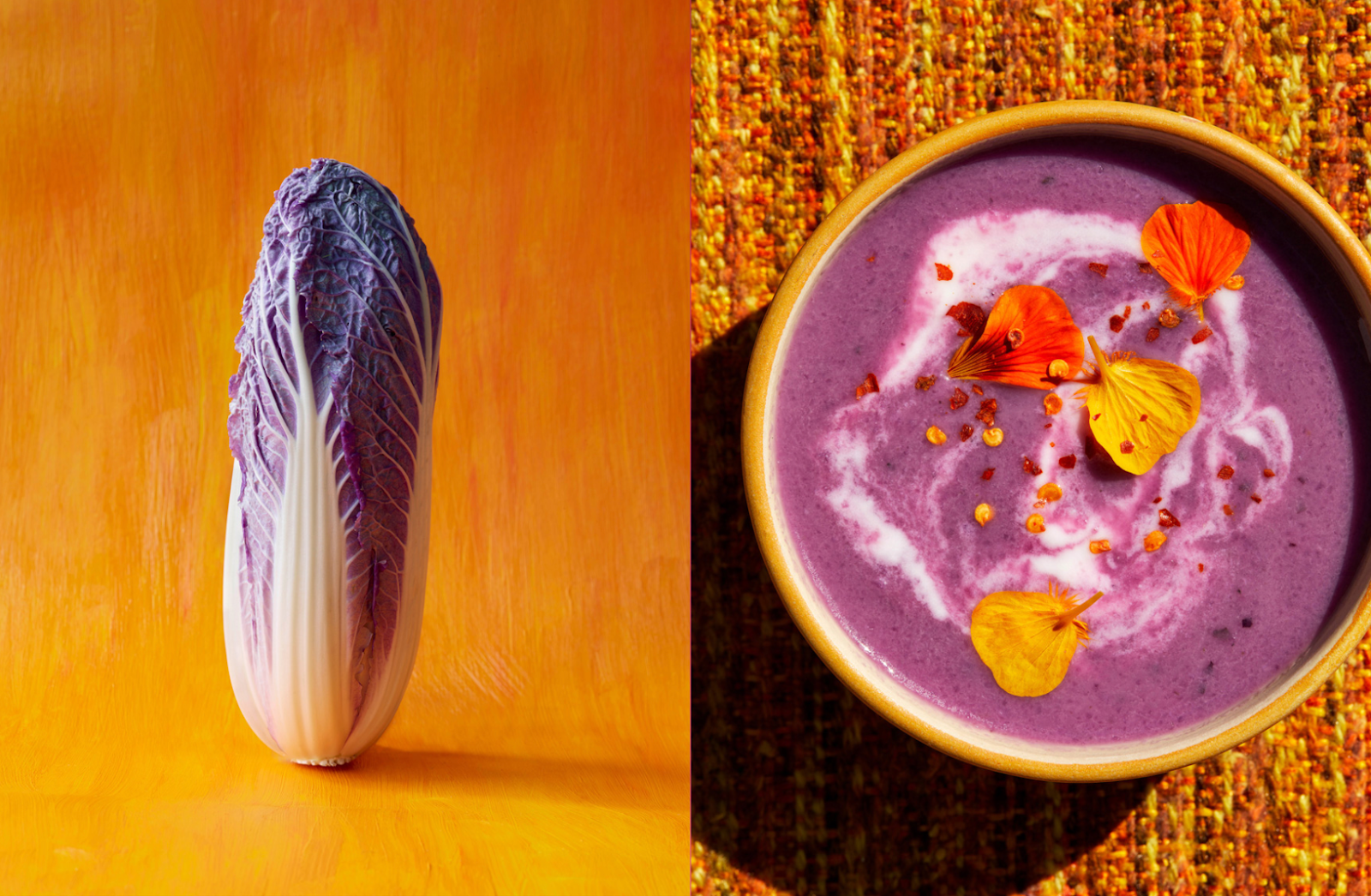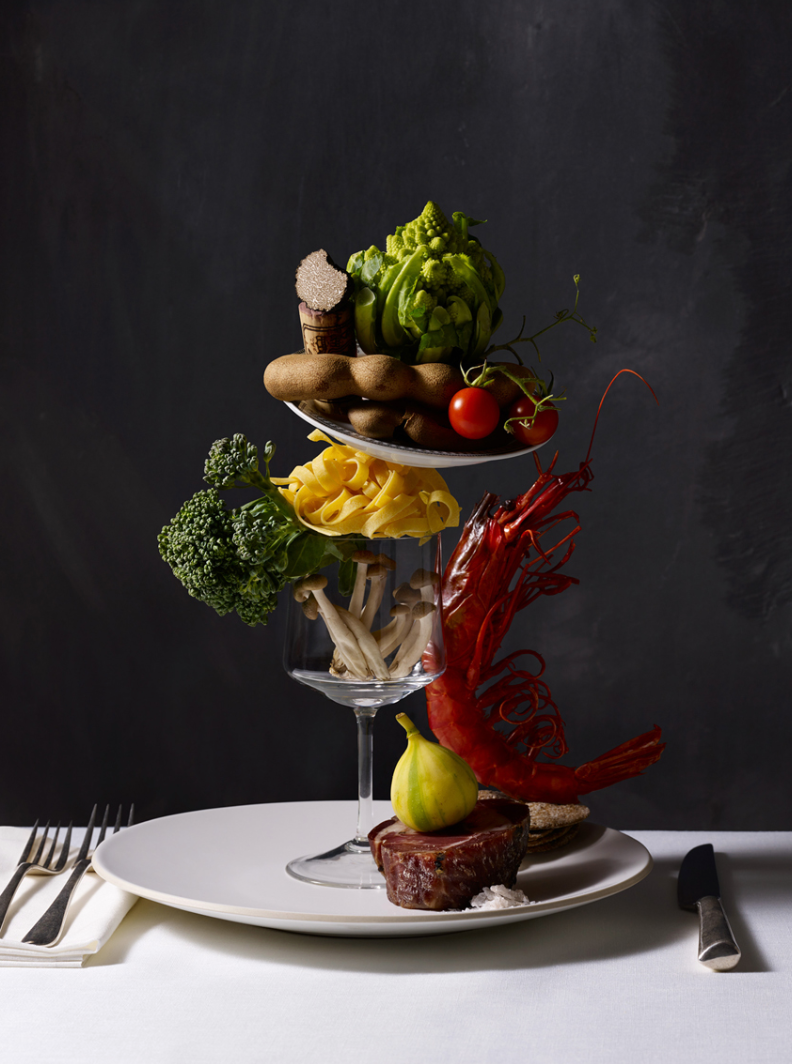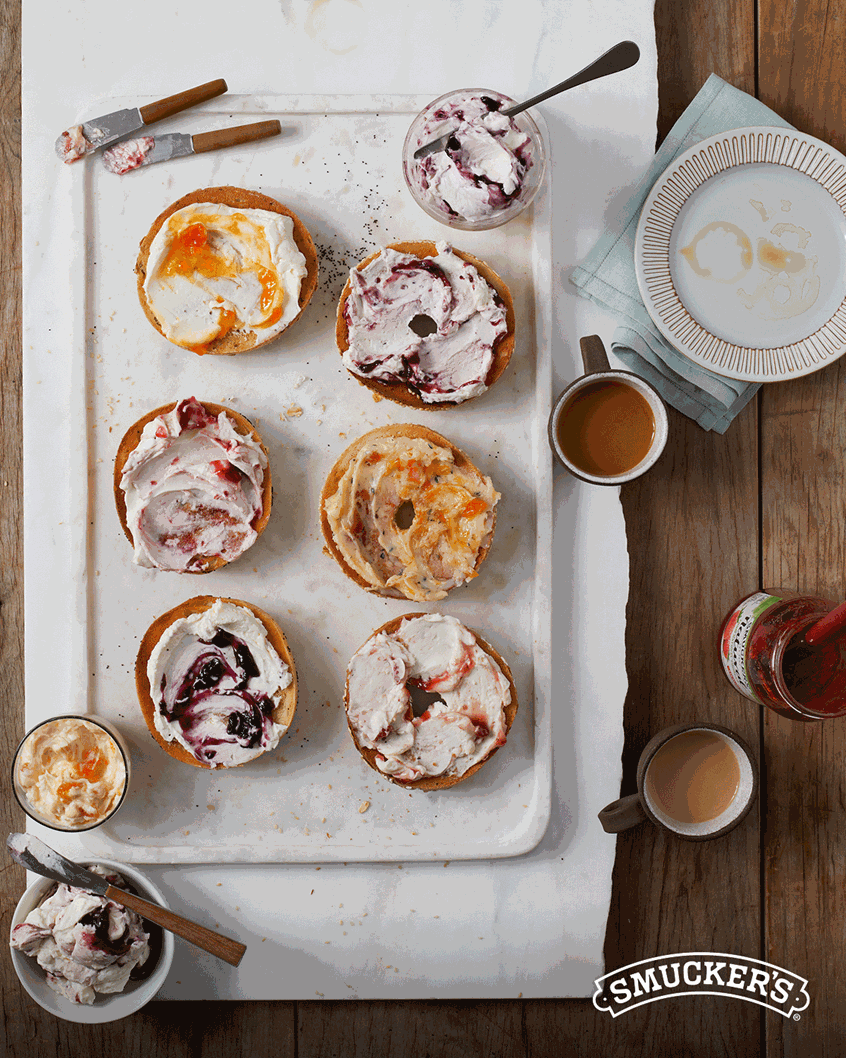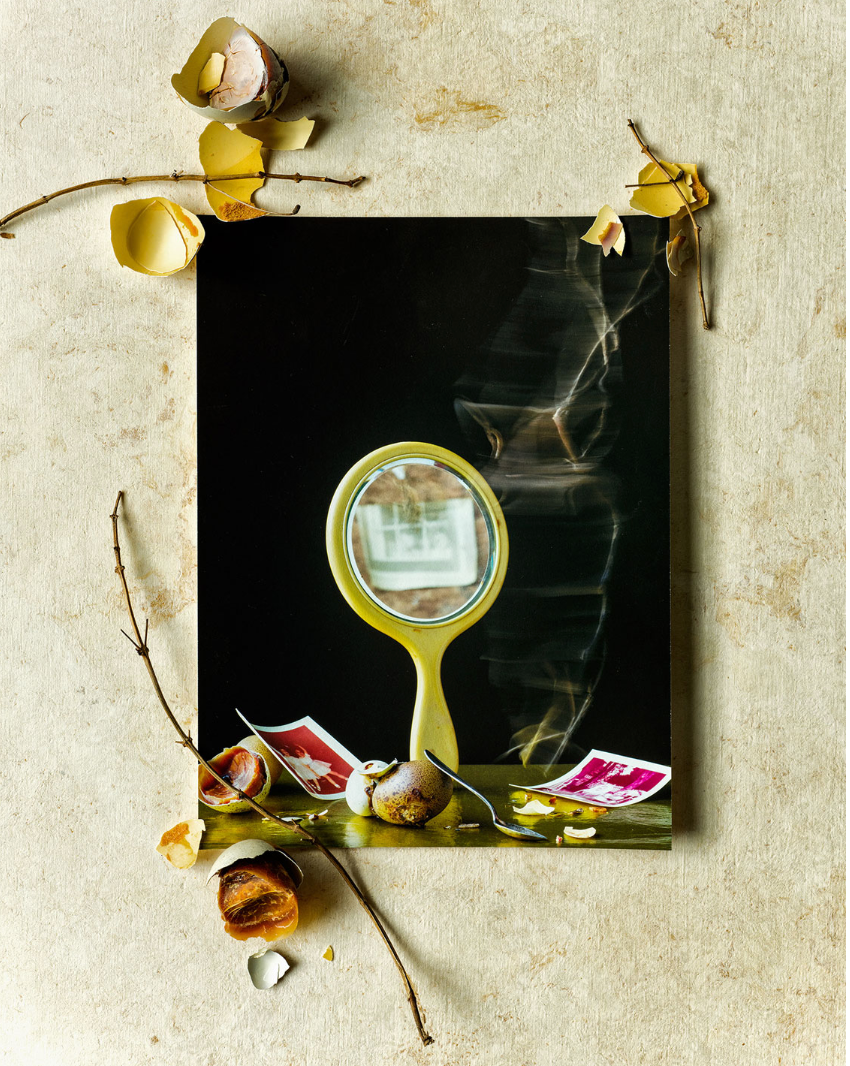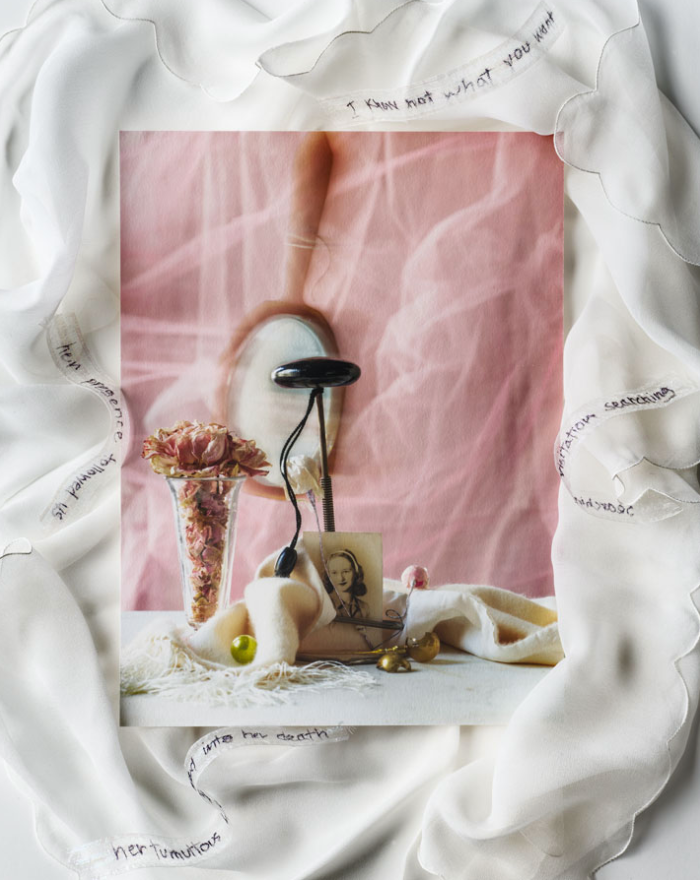An Interview With Beth Galton
Aimee Resnick (she/her) - July 23, 2023
NAR: Let’s start with the food. You’ve previously written that your pictures tell stories “of what and how we eat together.” How does food demonstrate feeling in your photography?
Galton: In my family, food is an act of love. It embodies the nurturing that I want to do as a mother. When I’m cooking, the season usually determines what recipe I will make. In winter, it might be stews and soups with lots of different flavors; or in spring, the lighter flavors of seasonal ingredients that I find in the farmer’s market.
When creating a photograph of a recipe, I use the feelings I have as a cook as a place to begin. I ask: what time of day would this recipe be eaten? Is there something I want to say about this recipe and this particular moment in time? I try to infuse my own emotions around the recipe within the photograph.
This approach will help me determine how best to light the image: with hard or soft light, brightly lit with sunlight, or something more simple. I use my experiences of my own gatherings to infuse into my photographs.
I’m also interested in looking at food in a more intellectual and conceptual way while still tapping into people’s emotions about food. This approach has inspired series such as the Cut Food, The Texture Series, Suggested Recipes and Idioms.
NAR: As a Jewish woman, how does food convey heritage in your life?
Galton: You know, I have an interesting background. I come from an ethnically Jewish family, but my dad was raised as a Christian Scientist and my mom was raised in Ethical Culture. They both came from families that didn't want be Jewish.
But I had no idea that I was Jewish until I was your age. I was traveling across the country with a professor and we were visiting one of his friends. And the professor told me, “Don't be offended if they're not friendly towards you.” And I said, “Why wouldn't they be friendly?” And he said, “Because you're Jewish.” And I said, “I'm Jewish!”
I had no idea. And then it dawned me that I look Jewish. My relatives are Jewish, but I was raised Unitarian so I never grew up celebrating Hanukkah or Passover or anything like that. As my son was growing up though, I incorporated some Jewish traditions so that he would be exposed to everything.
NAR: Growing up in this culturally blended household, what did food look like? What was your family’s favorite dish?
Galton: My parents divorced when I was 10 years old. Before that, my father commuted to work in the city, putting the onus of cooking on my mom– who did not like to cook. It was the era of canned foods so her solution to putting a meal on the table was to open a can. Needless to say, the food she served was not great.
Once divorced, my dad began to cook which opened up a whole world of food to my sister and I. Then my dad met my stepmother, who was an amazing cook. To this day, I still remember the first meal she made for us. We had rented a little shack at the beach and she made roasted pork and homemade applesauce and cauliflower with a hollandaise sauce all from the farmer’s market. And I thought, “Oh my God, I had no idea food could taste this good.”
NAR: Are there particular dishes that you make for your son? What are the emotions you want him to attach to food?
Galton: He’s all grown up now. He's in his thirties. When he was younger, we would always gather over food. It was a way to come together at the end of the day.
As he grew up, he began to cook. Now, he's an amazing cook. My niece also moved to New York recently, and she's really amazing in the kitchen as well. I love cooking with my son and niece. They are very experimental and have a great sense of taste — most often better than me!
We'll find interesting recipes or base meals around what we discover at the farmer’s market. It’s very inventive, very creative.
The pandemic really pushed my cooking too. I was an okay cook before the pandemic, but staying at home really forced me to practice my skills and expand my repertoire in the kitchen.
NAR: How do you utilize the power of food styling? How do you balance veracity with vision?
Galton: I've been a photographer for many decades and have watched the approach to food styling change over the years. When I first began my career, everything was supposed to be perfect. Stylists would count the grains of rice and pull out the broken or irregular grains. Nothing was out of place
Luckily, things have changed over the years. Food is much more real, and clients won't fake anything. So, though it’s evolved, stylists still play a really important role in creating food photos.
I will never pretend to be a food stylist. There are some really talented food stylists out there who I love to collaborate with. If I am stuck and have to style something for myself, I call my sister since she’s a professional food stylist. Working with professional stylists really takes the photos to another level.
NAR: Can you walk us through the food styling utilized in your recent Smucker’s campaign?
Galton: Of course! The advertising agency came to me and said, the client is interested in a library of images, but the agency needs interactive material for social media. I needed to figure out a way to get both as simply and quickly as possible based on their budget and allotted time. They had a gazillion recipes and we narrowed it down to what we could accomplish in a week's time.
An obvious use of Smucker’s jam was to use it with bagels, so we decided to do a story about them being eaten while drinking. I knew that we could get a beautiful library shot and then create a gif of the bagels being eaten and the coffee being drunk. The food stylist was responsible for purchasing the bagels, putting on the cream cheese, and then the Smuckers jelly. We shot the whole process, which was then made into a stop motion piece.
Another set-up was a single bagel spinning around. We had it go from plain to cream cheese to jam. We told a different fun story about food.
NAR: Let’s shift gears. How does food photography relate to body image and women’s self-image?
Galton: I had a weight-neurotic mother. Coming from a childhood where food was restricted, I’ve worked, in my life and in my photographs, to reposition food as a source of nourishment and pleasure. As an adult, I've realized how common my mother’s attitude toward food was.
In American society, especially for women, enjoyment of food is often steeped in guilt and shame. It’s been used as a means of controlling women and their bodies, to keep them occupied and to shrink them down. When I photograph food, I want to show it as a life-giving resource, something steeped in tradition, something that can be a source of pleasure rather than pain.
NAR: I’d like to discuss your series Cut Food next. Here, you bisect emblems of Western food culture to reveal their unfamiliar innards. How did you select subjects for this project? That is, what makes a food popularly iconic?
Galton: We looked for things that you don't normally see inside of. You know, like a cake, you normally see inside. So that's why we never sliced a cake.
And we looked for things that were typically Western food traditions. Traditions that people could identify with. Let’s take a cup of coffee for example: Americans put milk and sugar in their coffee. That's how Americans drink coffee, right? In Italy, they drink a cappuccino. In Thailand, they add condensed milk.
We did foods like popcorn, ice cream. Nothing sophisticated, but iconic American foods, foods you can find at any American grocery store. Things you had growing up, like a Fudge Bar.
NAR: Does it make people feel uncomfortable to see the insides of these foods they don't normally see?
Galton: No, people love them. It was funny: we did this series and it got written up on a website called Feature Shoot. When the article came out, my website crashed and my email went down because we had so much traffic. It was truly my 15 minutes of fame. It went around the world multiple times. People really loved it. There was something about it that resonated.
NAR: The world loved your Covid Diary, too. Can you tell our readers about this project? How does the camera lens enact a sense of control in our disordered world?
Galton: I felt like the photographs that I created were very out of control. Everything was in motion. I wanted to convey just how out of control my world was.
By creating this body of work, I could make myself feel okay. It gave me a means of expressing my anxiety during that time. We were all so anxious. I just obsessively looked at the news and printed out these pieces of paper and the photographs.
I printed them out because I needed it to feel real. When I started looking at these maps, it was right at the beginning of the pandemic. I was living in New York City. We were in lockdown, and you couldn't leave your apartment. I was watching these little red statistical dots get bigger and bigger and spread across the country.
It dawned on me: these are real people that are getting sick. These are real people that are dying. I became obsessed with it. I thought: I have to print it out and photograph them. These abstract people became something tangible that I could combine with botanicals. The flowers represented humanity to me, life and death: combining them with the photos let me acknowledge these very real people that were dying.
NAR: In Memory of Absence, you similarly compile photos, objects, and botanicals to process the near-simultaneous losses of your mother and father. What is the significance of the previously undiscovered item? Is it still as meaningful if never found?
Galton: The botanicals represented me in the world of my parents. Botanicals have played an important role in my life. I've always loved plants.
The series was really about reconciling with my tumultuous childhood. It was a very complicated childhood.
I’ve blocked so much of it out. As an adult you just say: “I'm moving on and I'm done with this.” But then I saw all these objects from my past, and began to remember. My mother had hundreds of photographs of my father. But my parents were only together for 10 years. They were divorced for over 50 years, and I never knew their relationship.Those photos showed a world that I didn't recognize.
These photos became a vehicle for me to explore my emotions about my parents. They let me figure out how they intertwined and how I intertwined with them.
NAR: Reflecting on your strained relationship with your mother and her distorted body image, does doing food photography feel like a rebellion?
Galton: My mother was mentally ill. She wasn’t a bad person, it was undiagnosed mental illness.
One example of her illness was this: whatever we took up as kids, my mother would take up, too. So when I started playing the flute, she started playing the flute. When my sister started playing the violin, my mother started playing the violin. When I became a photographer, my mother started taking photographs. But she never would touch food, you know?
Food was so much my own thing. That was something she would never touch. That's so interesting — I never thought about it until you asked me just now.
You know, when I worked in the commercial scene, I had a tremendous amount of insecurities about my own creative abilities. At this point in my life, it’s just about taking photographs and expressing who I am and what I'm feeling. If people like it, they like it. If they don't, they don't. It doesn't really matter.
I have this burning need to do this. And I have always had that need. It’s what makes me happy.
Coming from a childhood where food was restricted, I’ve worked, in my life and in my photographs, to reposition food as a source of nourishment and pleasure. As an adult, I've realized how common my mother’s attitude toward food was.
In American society, especially for women, enjoyment of food is often steeped in guilt and shame. It’s been used as a means of controlling women and their bodies, to keep them occupied and to shrink them down. When I photograph food, I want to show it as a life-giving resource, something steeped in tradition, something that can be a source of pleasure rather than pain.
Please note: this interview has been edited for length and clarity.




